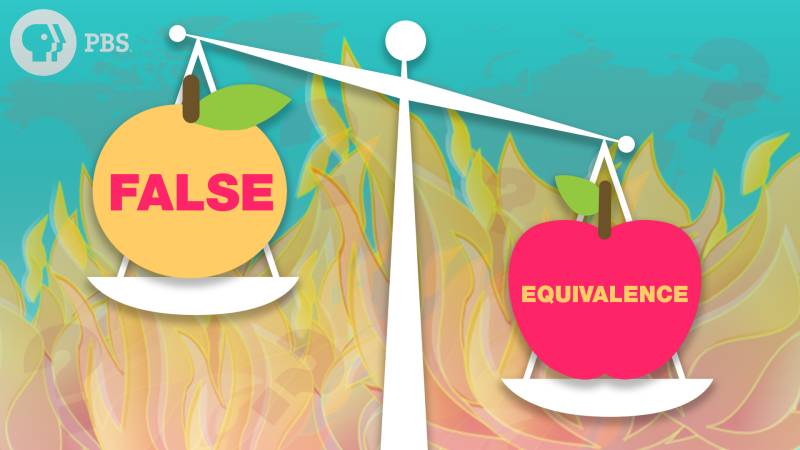Civic Learning Week is March 10-14, 2025!
Does it feel like misinformation spreads faster than ever? In this environment, it’s increasingly important to support students in separating fact from fiction. As educators, we play a crucial role in equipping young people with the skills to think critically, evaluate sources, and engage with media responsibly. Scroll down for teacher-tested videos and lesson plans that are ready to use in your classroom — and free PD to help you build your skills too!
5 Above the Noise Episodes to Help Students Identify Misinformation and Bias
Join Myles Bess in Above the Noise as they break down complex media issues in a way that’s engaging, relevant, and easy for students to understand. These episodes tackle key topics like deepfakes, media bias, and misinformation traps that can shape public perception and influence decision-making. Each episode comes with a lesson plan, a student viewing guide, and additional resources to support classroom discussions and help students become more discerning media consumers.
- Deepfakes: Can You Spot a Phony Video
- Why Do Our Brains Love Fake News?
- YouTube Algorithms: How to Avoid the Rabbit Hole
- How to Spot Bad Science Reporting
- False Equivalence: Why It’s So Dangerous
Brush up on your media analysis skills with KQED Teach
Looking to deepen your own understanding of media literacy? Our Analyzing Media Messages and Evaluating Online Sources courses are perfect for educators who want to explore how bias influences media production and interpretation or better understand how to identify misinformation—and bring that knowledge into the classroom. These free online courses are self-paced, making it easy to fit into your schedule.
